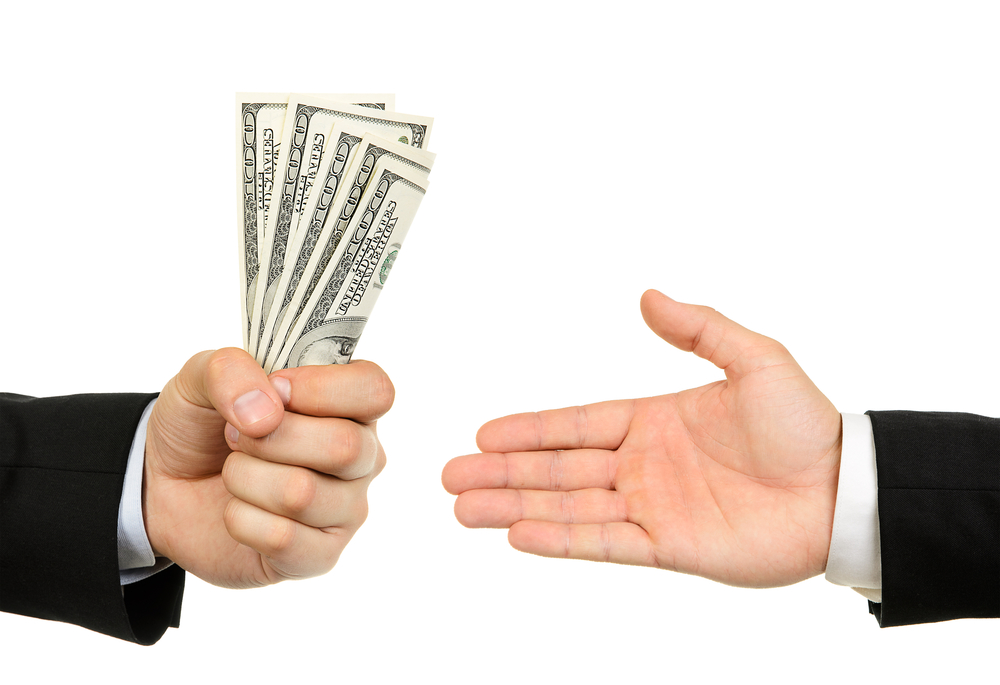

Have you ever heard of Collect on Delivery? If you’ve purchased an item online sometime in the past ten years, then you might know what we’re talking about. Collect on Delivery (sometimes called “Cash on Delivery”) is an alternative payment method to charging a credit card when you make a purchase. It usually shows up as COD on a website’s portal when you choose your method of payment. Believe it or not, COD has existed as a method of payment with the US Postal Service for over 100 years! However, while it was once quite popular at the beginning of eCommerce, you’d be hard-pressed to find it in a ton of places these days.
How Does Collect on Delivery Work?
Here’s the breakdown. First, let’s say you buy something online. Let’s call it a pair of shoes for $50, since COD can’t exceed $1,000. You don’t want to pay with a credit card, so you select “COD” as your payment method. Voila! Your shoes are on their way. Next, your letter carrier delivers your shoes to your residence, and you pay him or her the total cost. Or, they keep your package at your local Post Office and you pay for it when you go pick it up. Finally, when you have paid the Postal Service the total cost, they transfer the money back to the seller. Talk about a long process!
Why This Method Poses a Lot of Potential Problems
This method was popular at the dawn of eCommerce, but has since fallen out of fashion because of the problems it poses. First off, the seller assumes all the risk throughout the entire process. The seller pays for packaging, fulfillment, shipping, and incurs all these costs before they receive any money from the buyer.
Speaking of risk: what stops the buyer from ordering a product and then sending it back? In that case, the seller pays for return shipping, forcing them to pay for shipping twice without receiving any funds to subsidize those costs. Also, what stops the buyer from simply not paying? I’m sure you see where this is leading, and why USPS has long debated to stop Collect on Delivery.
USPS Also Incurred Too Much Risk with Collect on Delivery
Delivering packages that customers had not yet paid for also forced USPS to assume a lot of risk and responsibilities. Letter carriers had to carry cash so they could make change, as well as credit card swipers…and that’s if the customer paid them (which didn’t always happen)! These services obviously weren’t core operations of the Postal Service, and they took up time that letter carriers could have spent completing their routes. USPS isn’t a bank, after all—although they do offer certain financial services such as the issuance of money orders.
To sum it all up, we think Collect on Delivery is a strange payment option that doesn’t really benefit anyone in the long run. So, next time you see that option when making an order, just choose a normal credit card or PayPal payment!


Be the first to comment!